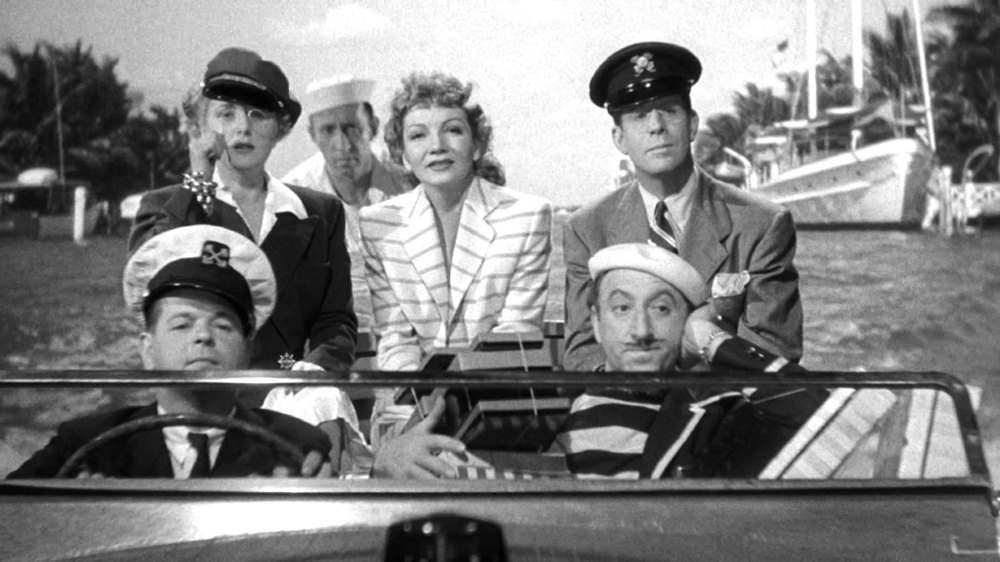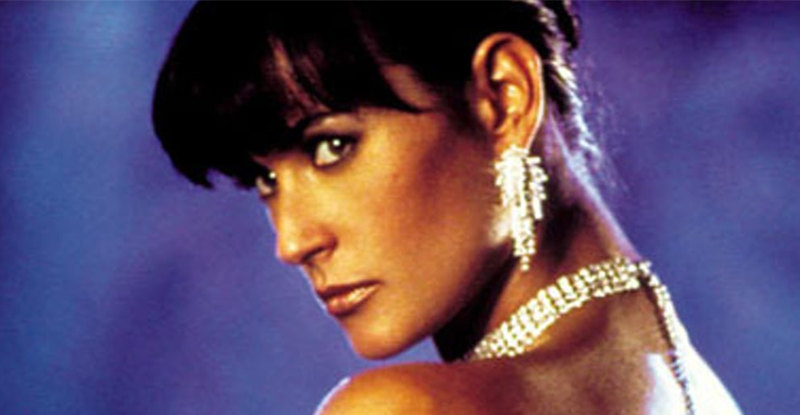Five years after Baz Luhrmann went crazy and cranked out the eccentric and slightly surrealistic musical “Moulin Rouge!,” director Kenneth Branagh did something similar with Wolfgang Amadeus Mozart’s two-act singspiel, “The Magic Flute,” which, in the tradition of that genre, includes both spoken and sung dialogue, with near-constant music—all of it Mozart’s.
I make the comparison to Luhrmann, who recently updated “The Great Gatsby” by taking that Jazz Age story in a hip-hop direction, because Branagh caused a few cases of audience whiplash himself when he took a fantastic story set in a distant land—with dragons, a Queen of the Night, and an evil sorcerer—and turned it into an anti-war tale, all while embracing Mozart’s classical music. Not all of the plot-dots connect, but fans of “The Magic Flute” will recognize enough of it to either be fascinated or put off by Branagh’s decision to set the production in the trenches of World War I.
However you respond, Branagh’s 2006 musical is a demanding film that expects a lot of the audience. If you can figure out correspondence gaps between the original and the adaptation, you also have to accept Branagh’s decision to go with an English libretto that takes liberties with the original German as written by Emanuel Schikaneder, which he enlisted Stephen Fry to write in order to make his bold adaptation work. Even then, a few things don’t make sense. That’s the challenge for people familiar with Mozart’s work. General audiences will find it even more challenging. Unless you’ve read up on the plot of Mozart’s “Magic Flute,” you’ll be as lost as the main character in the opening sequence.
What may keep you transfixed, though, is the music itself, and Branagh’s highly cinematic visuals. Almost every shot has something unique or stylish, impeccably synched to Mozart’s stirring music. Sometimes the images blend well with the music, while other times they clash—and that’s where the anti-war themes find their voice. Bi-planes come out of clouds in formation, mustard gas is personified as a monster that seeks out Tamino in the trenches, and close-ups often end with a pullback crane shot reminding you of the war that serves as a constant backdrop.
In the original, Prince Tamino is being chased by a dragon in a faraway land and passes out. In apparent answer to his prayers, three ladies—attendants to the Queen of the Night—kill the dragon and leave to tell their mistress. Papageno enters, dressed in bird feathers, and takes credit for saving him. But the ladies return and tell him the truth, then show him a portrait of the Queen of the Night’s daughter, Pamina. It’s love at first sight for Tamino, who later is told by the three ladies that Pamina has been kidnapped by the evil sorcerer Sarastro. The Queen of the Night promises him that he can wed Pamina if he can save her, and Papageno is told to accompany him on his quest. Tamino is given a magic flute, which has the power to change sorrow into joy, and Papageno is given a set of magic bells which also bring joy to those who hear them ring.
It makes less sense to have the soldier Tamino vowing to save Pamina from a kidnapper in the middle of a war, and it’s a bit of a stretch that the flute would make people dance, the way Western bad guys might with their six-shooters. Though the soldiers are in uniform, they’re kind of generic, and there are no clues as to what side the soldiers are on—or whose side Sarastro is on, for that matter, or what kingdom he rules.
People who demand logic, even in their entertainment, might be frustrated by Branagh’s often-surrealistic plot. But again, the secret to enjoying his unique version of “The Magic Flute” is to forget about figuring things out and just appreciate the music and the visuals.
The music —performed by the Chamber Orchestra of Europe and conducted by James Conlon—is a sheer delight. Branagh sought Conlon’s input during casting, and they settled on mostly classically trained operatic singers with acting ability, all with voices that mesh well. Joseph Kaiser sings the part of Tamino, while Amy Carson is Pamina, Benjamin Jay Davis is Papageno, Silvia Moi is his beloved Papagena, Lyubov Petrova is Queen of the Night, René Pape is Sarastro, and Tom Randle plays his henchman Monostatos.
Some sound more studio-dubbed than others, but overall the cast delivers an accomplished performance, with a libretto by Fry that almost makes sense out of a rather bizarre and, at times, surreal adaptation. Like The Beatles’ “Yellow Submarine,” it’s all about the marriage of music and images. So what if the plot is shot full of holes? Full speed ahead, and logic be damned!
Video:
The video presentation is 16×9, and while the colors and skin tones are decent, the picture quality varies considerably from sequence to sequence. Sometimes the picture is clearer than others, and sometimes there’s more edge detail. That inconsistency might be annoying if the images and music weren’t so interesting that you’re easily distracted from the flaws.
Audio:
The English 5.1 Dolby Digital Surround is pretty impressive for a standard definition presentation. Though there’s no rumble in the bass, there’s a presence at least, and a respectable clarity that’s especially appreciated during arias. There are no subtitle options, but people who prefer a concert-hall style audio can select the Dolby Digital 2.0 presentation.
Extras:
The only bonus features are 11 cast and crew interviews, Branagh among them, and a brief “making of” featurette.
Bottom line:
Branagh’s adaptation of “The Magic Flute” is more fascinating than it is entertaining, and I doubt that it will have much in the way of replay value. But the music and the cinematography are something to see, at least once. And for fans of Branagh (“Thor,” “Mary Shelley’s Frankenstein,” “Hamlet”) it’s a keeper.


